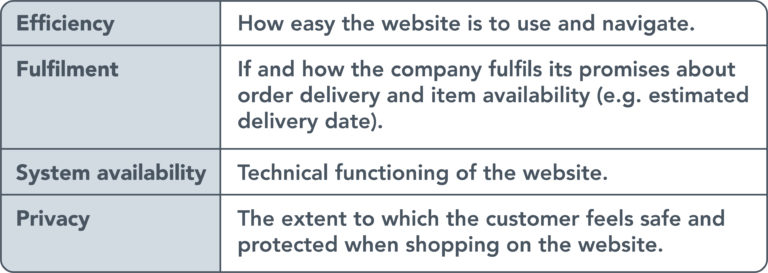Home / Business & Management / Digital Marketing / Get Started With Digital Marketing / Similarities and differences between consumer and e-consumers

Reach your personal and professional goals
Unlock access to hundreds of expert online courses and degrees from top universities and educators to gain accredited qualifications and professional CV-building certificates.
Join over 18 million learners to launch, switch or build upon your career, all at your own pace, across a wide range of topic areas.










